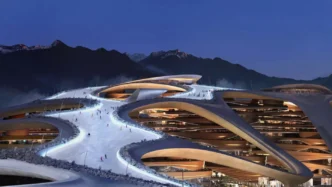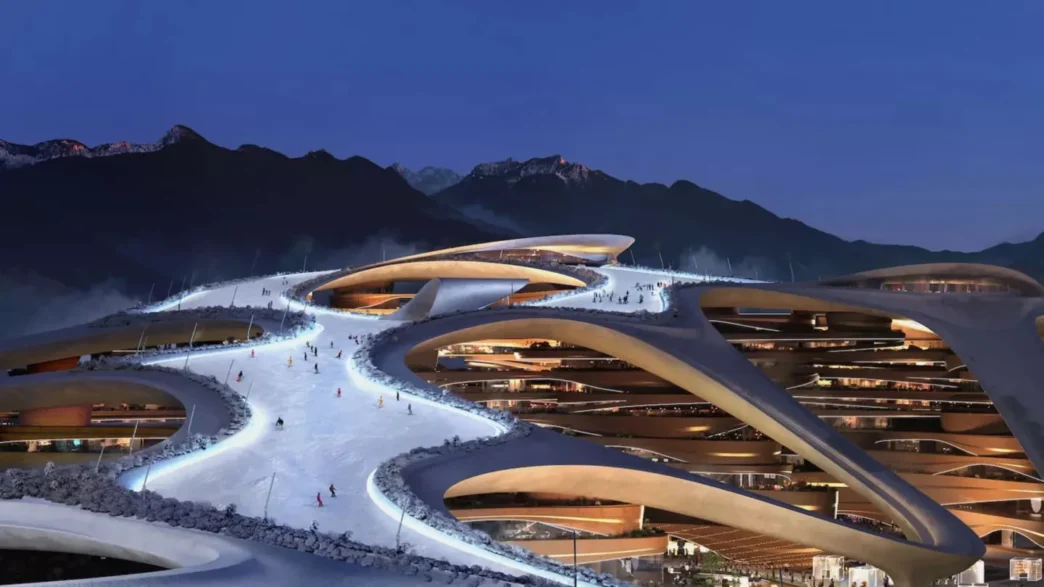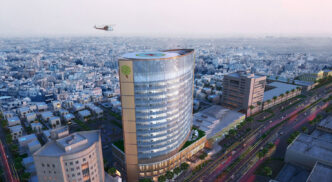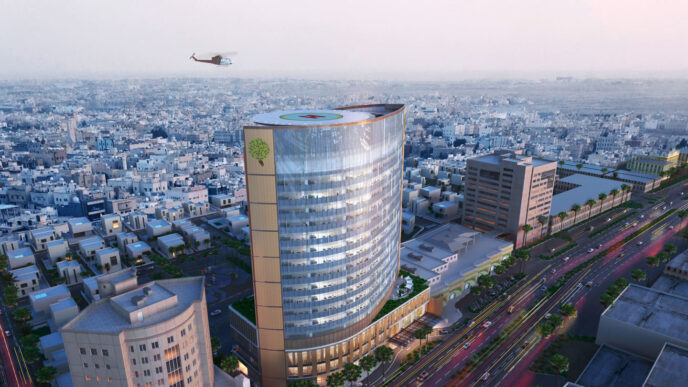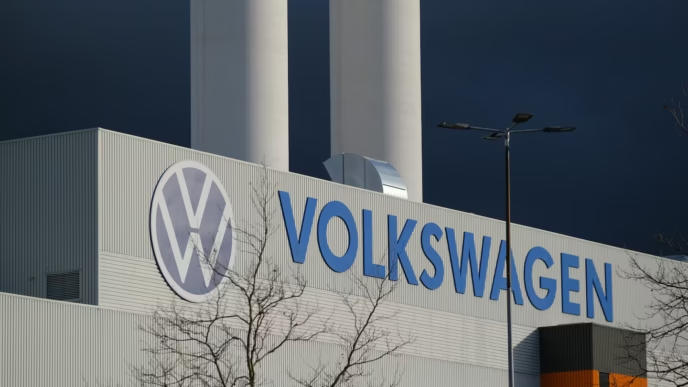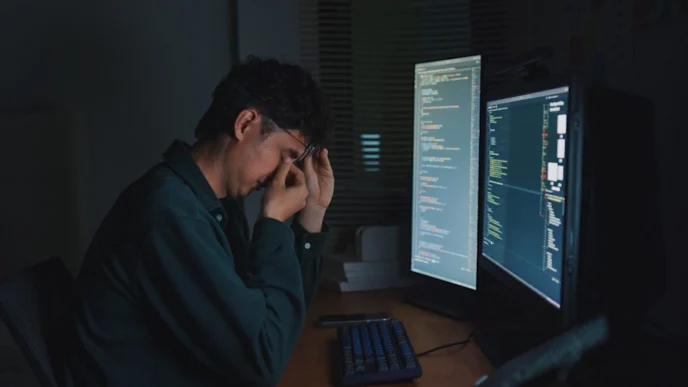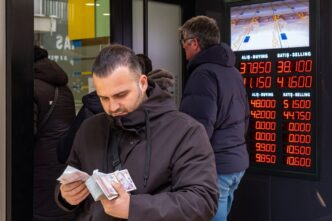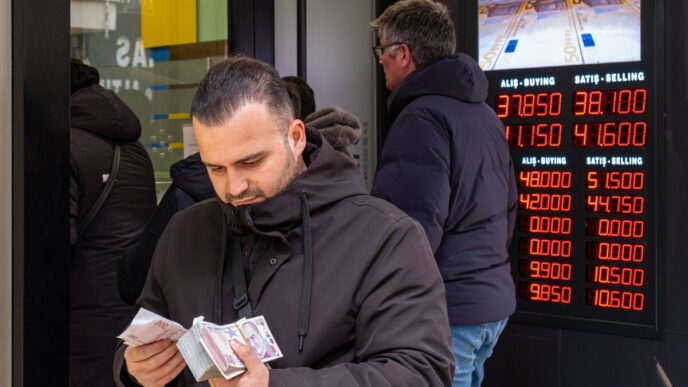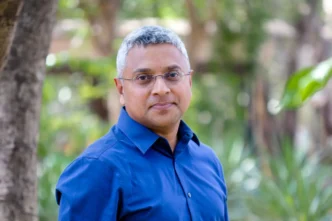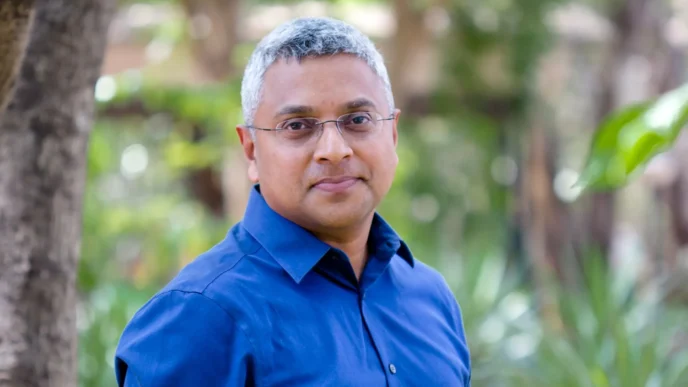Saudi Arabia’s Neom megacity project, the $1.5 trillion brainchild of Crown Prince Mohammed bin Salman (MBS), has long been touted as a bold reinvention of the kingdom’s economy and image. But within this sweeping plan lies one of its most ambitious and controversial elements: Trojena, a futuristic ski resort rising from the desert mountains of the Tabuk region.
Designated to host the 2029 Asian Winter Games, Trojena is pitched as a luxury alpine destination with slopes, chalets, lakes, and high-tech leisure attractions. Yet, the project is straining both technically and financially, raising questions about the feasibility of turning a dry, arid region with little natural snowfall into a year-round global skiing hub.
The Promise of Trojena
Unveiled in 2022 as part of Neom’s broader development, Trojena is set to feature:
- Artificial ski slopes powered by advanced snowmaking technologies.
- High-end hotels and villas, aimed at luring global elites and winter sports enthusiasts.
- An artificial freshwater lake, designed to anchor the resort’s aesthetics and activities.
- Adventure tourism facilities, from hiking trails to water sports, intended to broaden its appeal beyond skiing.
Officials argue that Trojena will showcase Saudi Arabia’s technological prowess and climate innovation, creating a model for luxury tourism in unexpected geographies.
The Asian Winter Games Challenge
When Saudi Arabia won the bid to host the 2029 Asian Winter Games at Trojena, it was hailed domestically as a milestone in the kingdom’s global branding efforts. But internationally, the decision triggered widespread skepticism.
Critics point to glaring contradictions:
- Minimal snowfall in the region’s natural climate.
- High water consumption to produce artificial snow in one of the driest countries on Earth.
- Massive energy demands, even with Neom’s pledge to run entirely on renewable energy.
For many observers, the event underscores the tension between Saudi Arabia’s futuristic ambitions and the stark environmental realities of its desert landscape.
Environmental and Financial Strains
The ecological implications of Trojena are perhaps its greatest challenge. Saudi Arabia already faces mounting water scarcity, relying heavily on energy-intensive desalination plants. Maintaining ski slopes in desert conditions will require vast amounts of desalinated water, sparking concerns over sustainability and long-term costs.
Financially, the project is part of the broader Neom development, whose price tag has ballooned toward $1.5 trillion — far higher than initial estimates. Trojena alone demands billions in infrastructure, snow production, and luxury real estate. Some analysts warn that the resort risks becoming a “white elephant”: a symbol of extravagance that fails to attract sufficient demand.
The Crown Prince’s Vision vs. Reality
For MBS, Trojena is more than a ski resort — it is a statement of Saudi Arabia’s transformation. By hosting the Asian Winter Games and luring global attention, the project aims to reinforce the kingdom’s shift from an oil-dependent economy toward a tourism and services-driven model under Vision 2030.
Supporters say the very audacity of Trojena is its strength: if successful, it could redefine global tourism and cement Saudi Arabia’s reputation as a hub for futuristic innovation.
But skeptics counter that the gap between ambition and practicality is widening. They argue that projects like Trojena illustrate the overextension of Vision 2030, where mega-visions risk colliding with logistical, environmental, and economic limits.
Geopolitical and Image Stakes
Beyond economics, Trojena carries geopolitical weight. The ski resort is a linchpin of Saudi Arabia’s effort to reshape its global image — from a conservative petrostate to a modern, tech-savvy tourism destination. Hosting international events like the Winter Games serves as a powerful branding exercise, but also opens the kingdom to heightened scrutiny over feasibility, labor practices, and environmental impact.
The Road Ahead
With just five years before the Asian Winter Games, the clock is ticking. Construction at Neom is underway, but progress has been uneven, and questions remain about whether Trojena will meet international standards in time.
If completed successfully, Trojena could become one of the world’s most talked-about — and most unique — tourist destinations, symbolizing Saudi Arabia’s ability to deliver on its futuristic promises. If it falters, however, it risks becoming a costly emblem of overreach within MBS’s broader $1.5 trillion gamble.
For now, Trojena remains a vision in progress, suspended between cutting-edge ambition and the harsh realities of desert geography.

